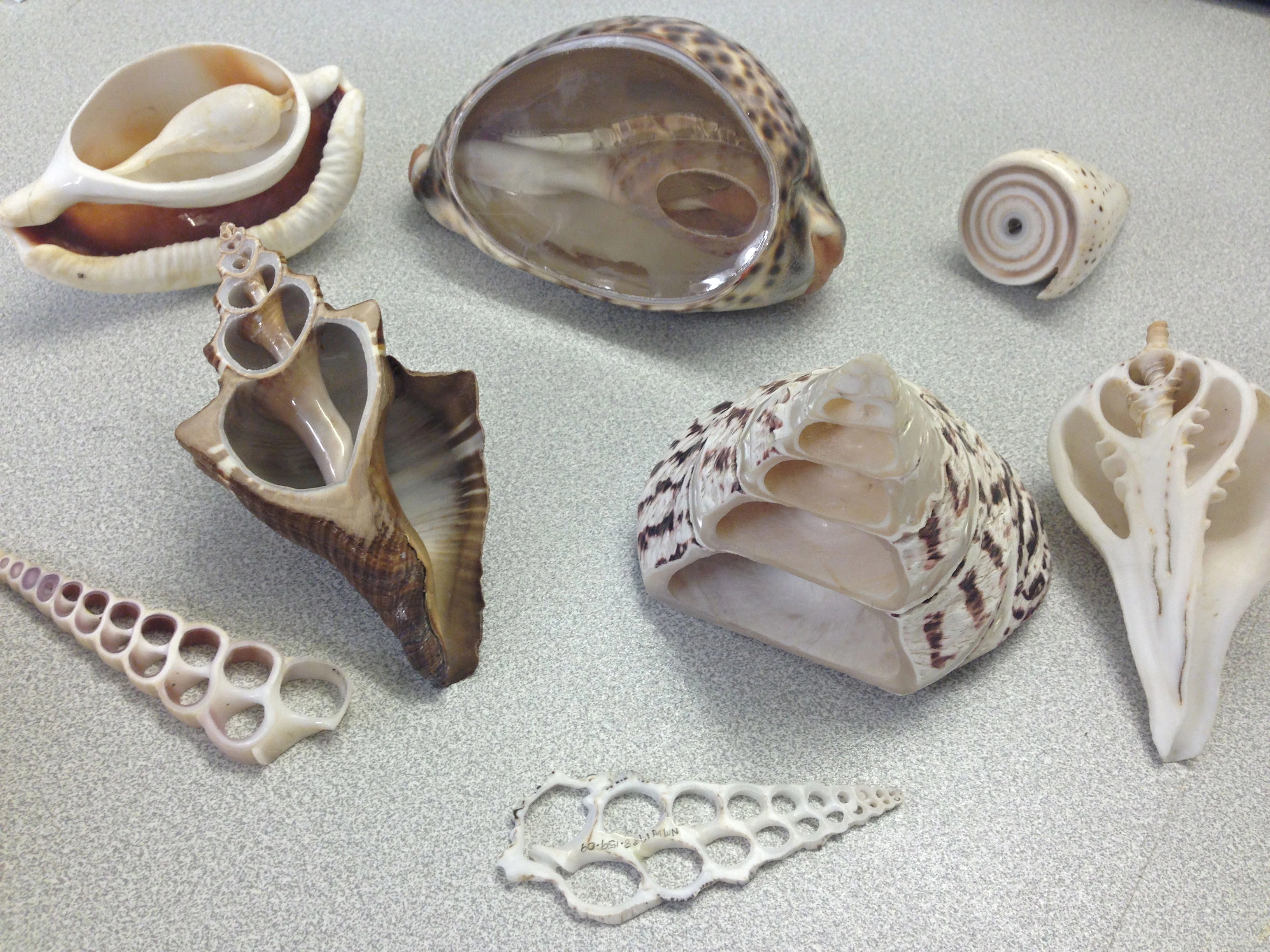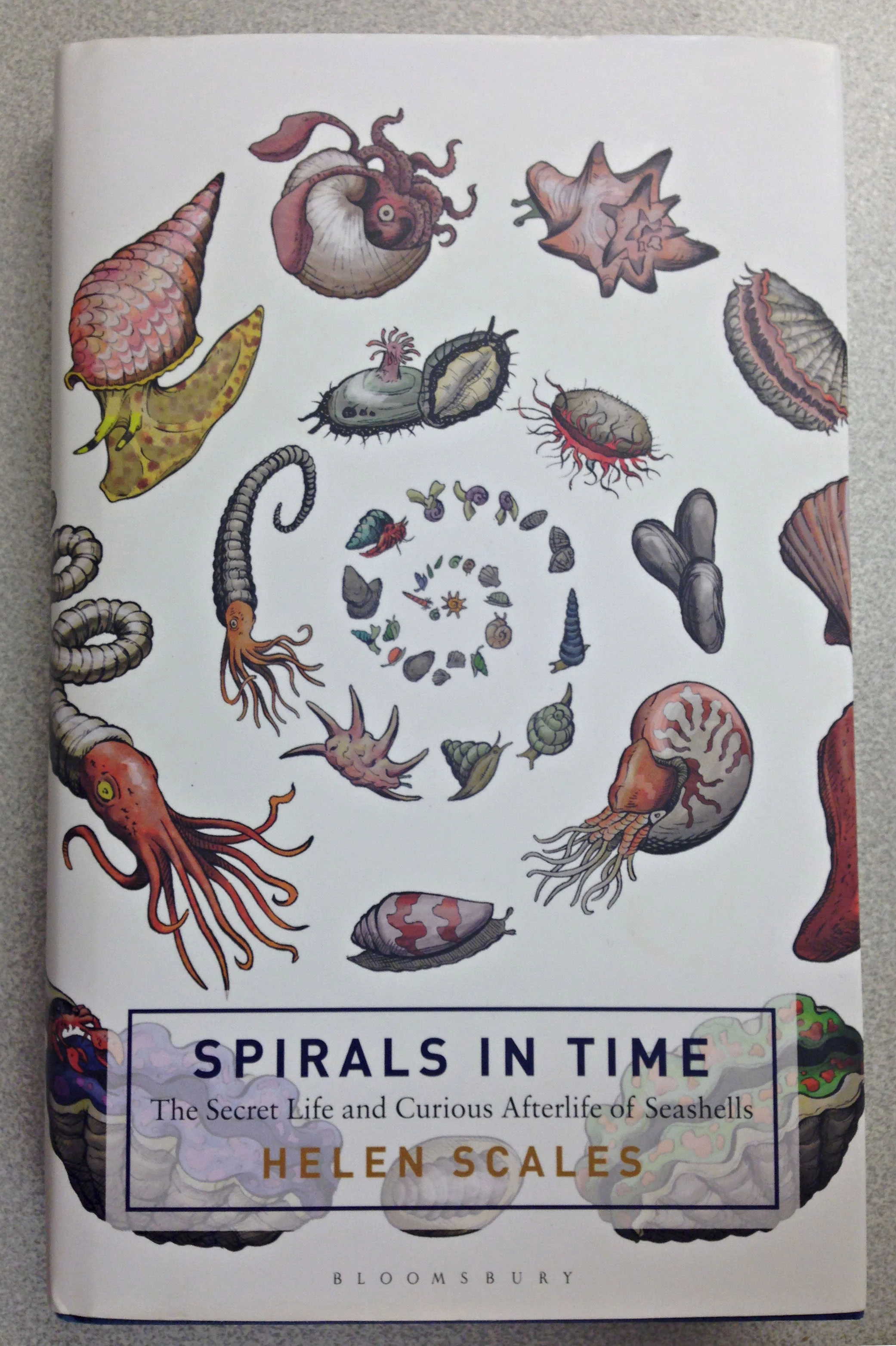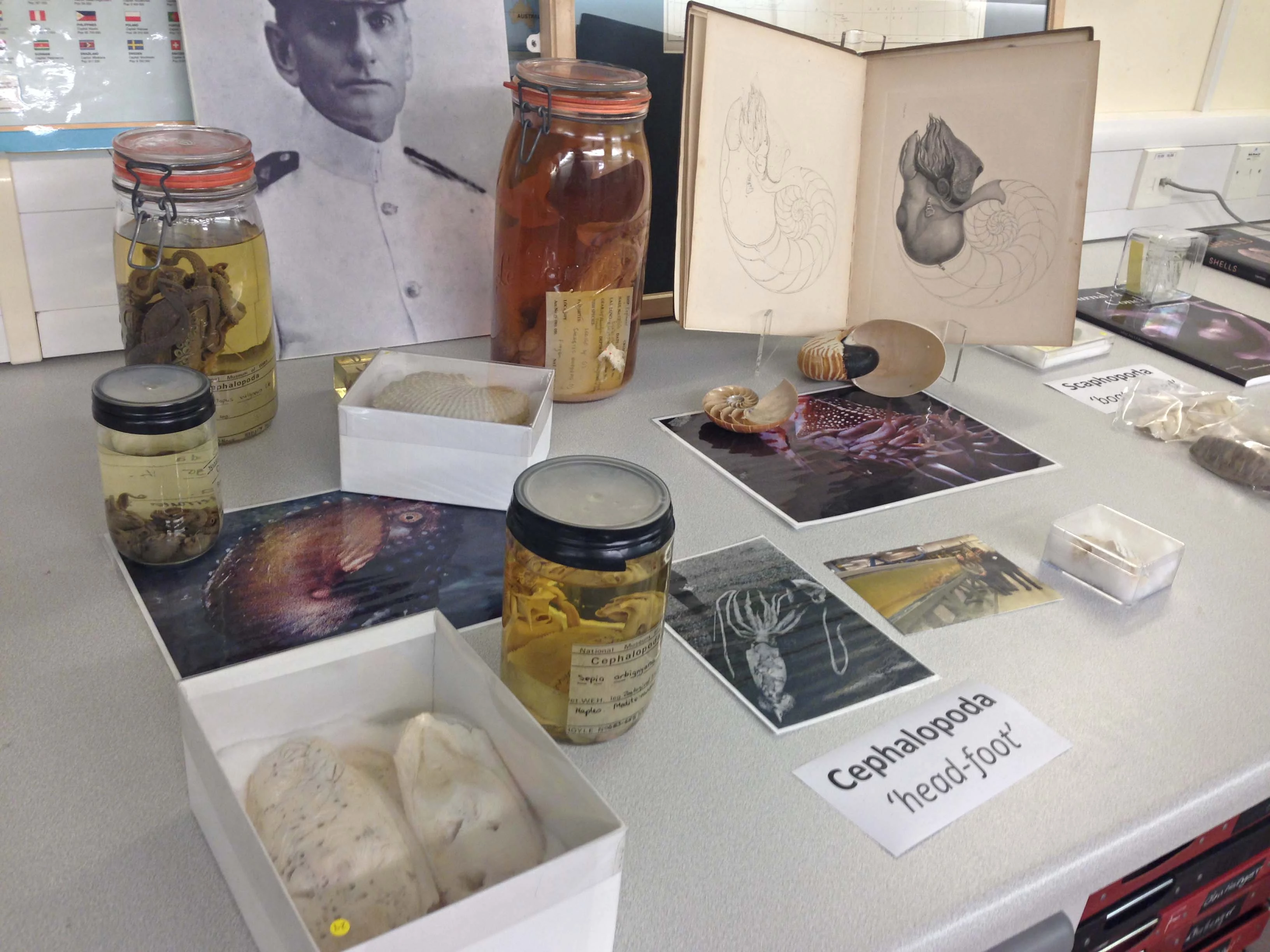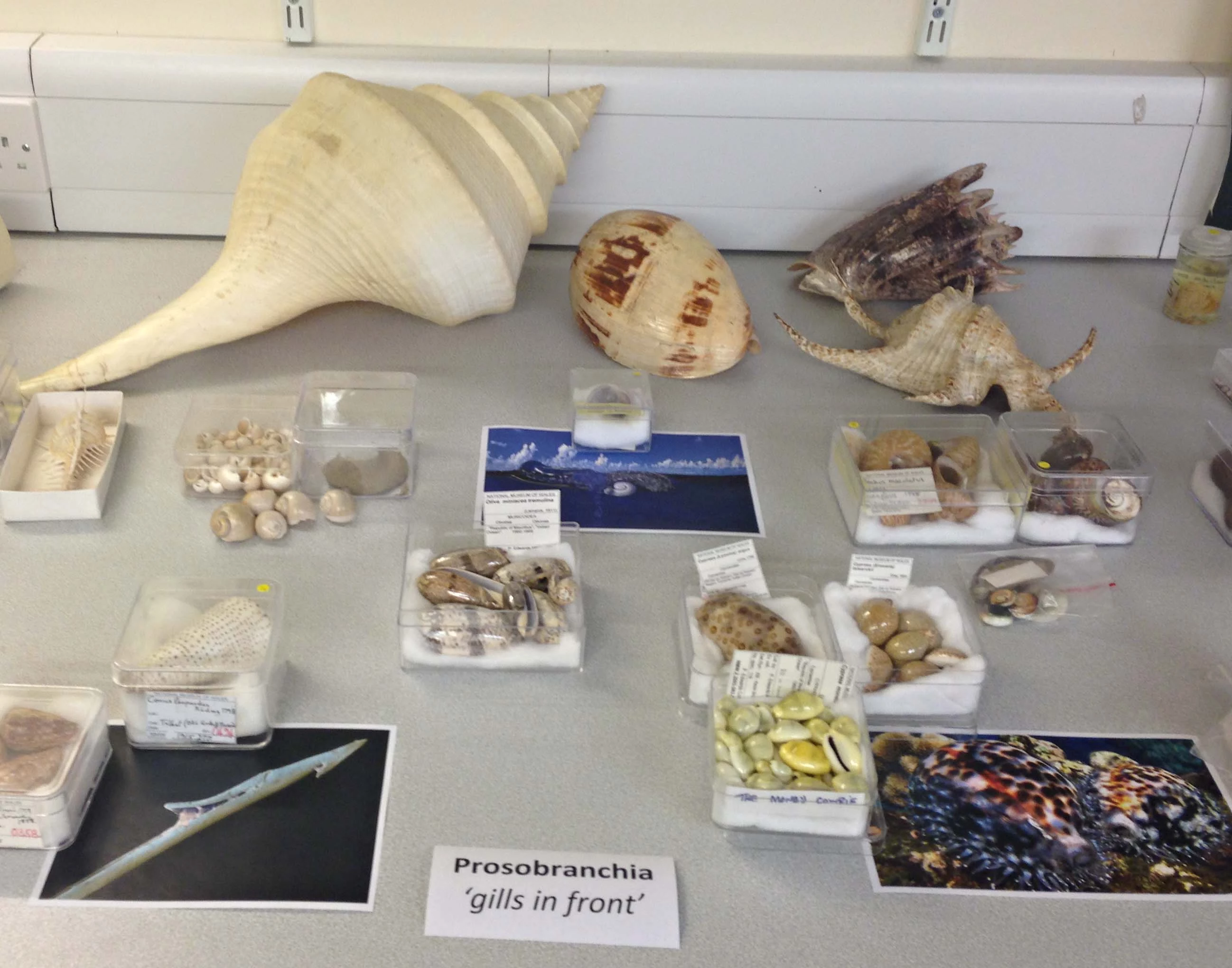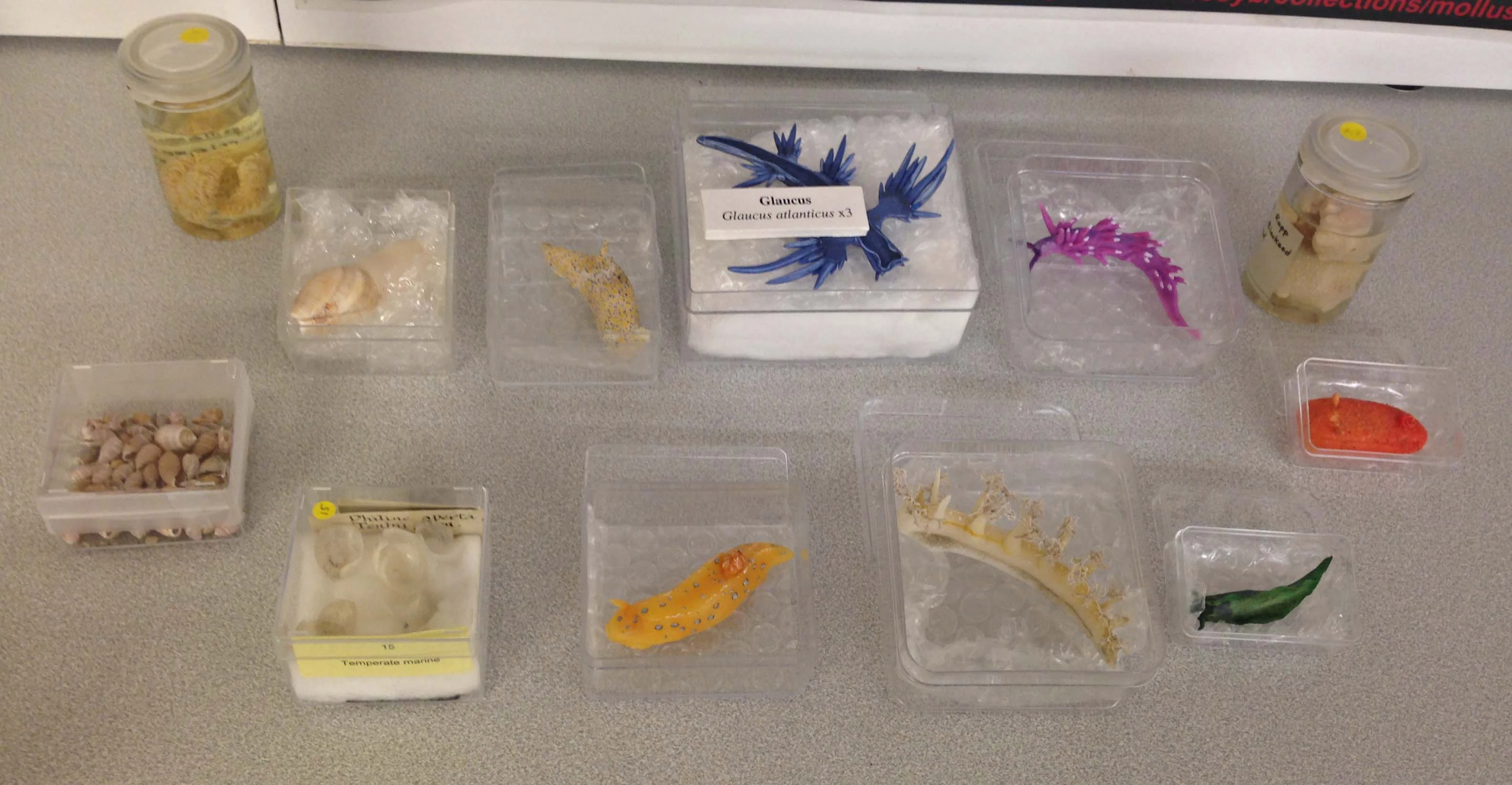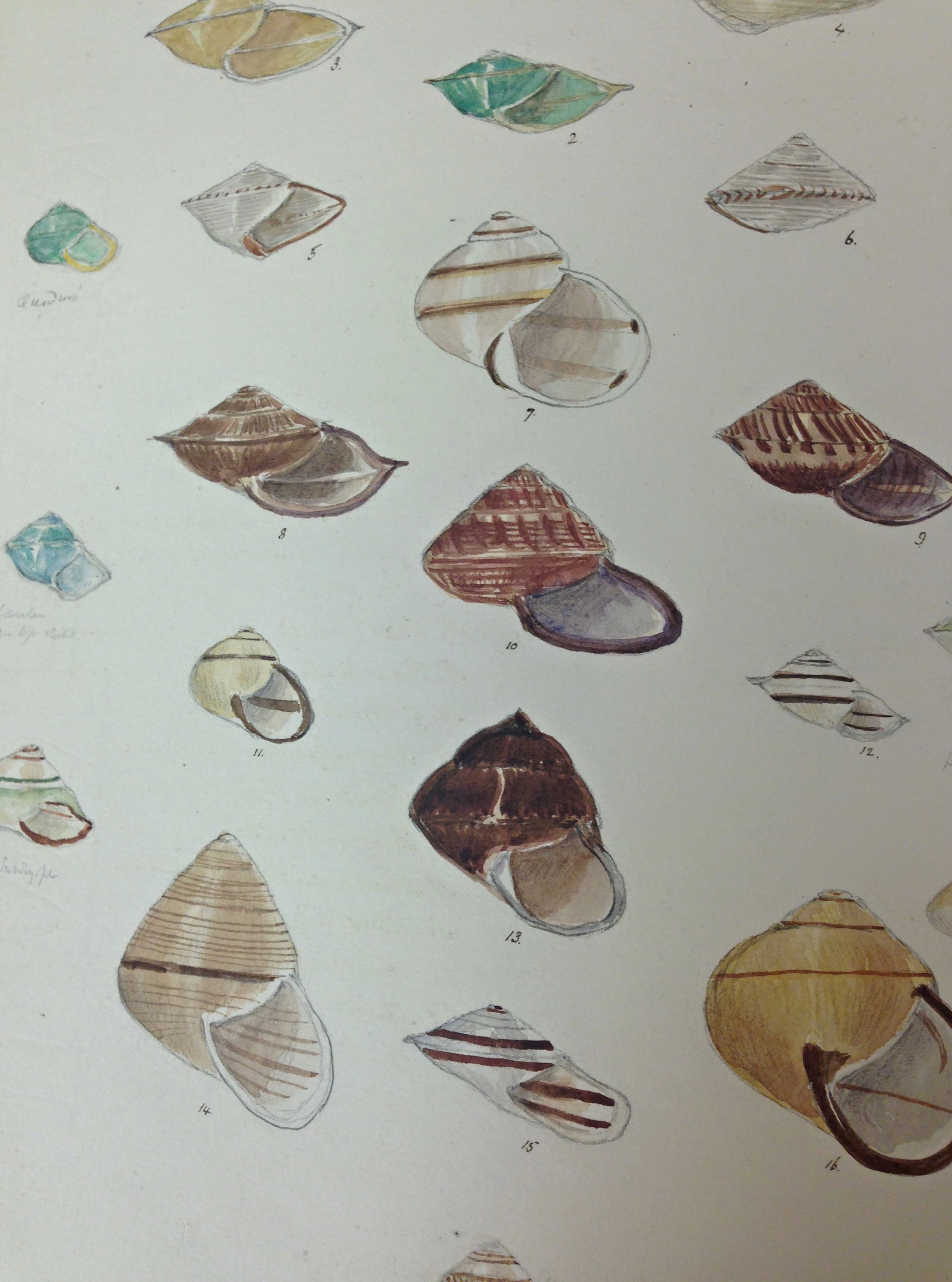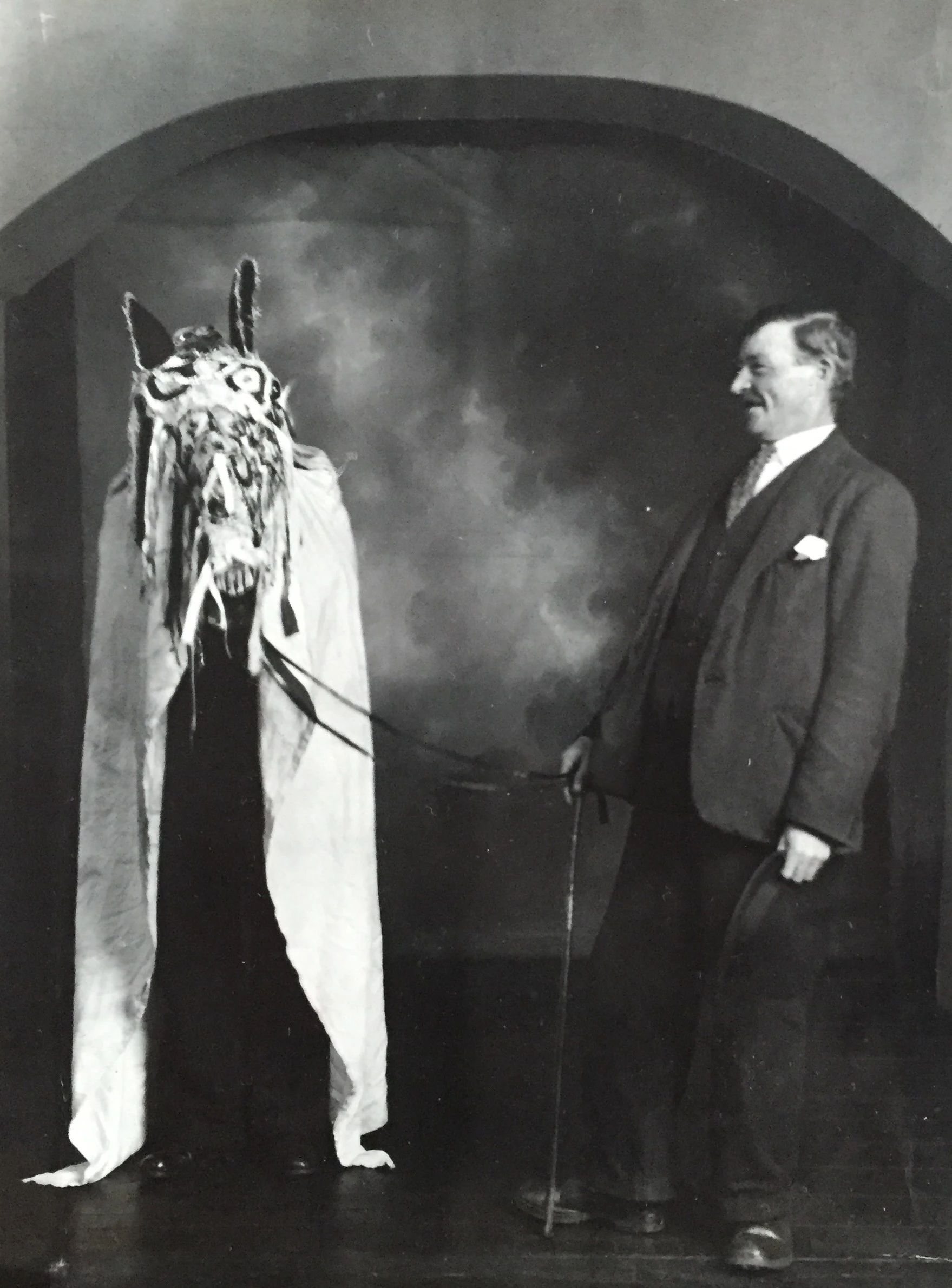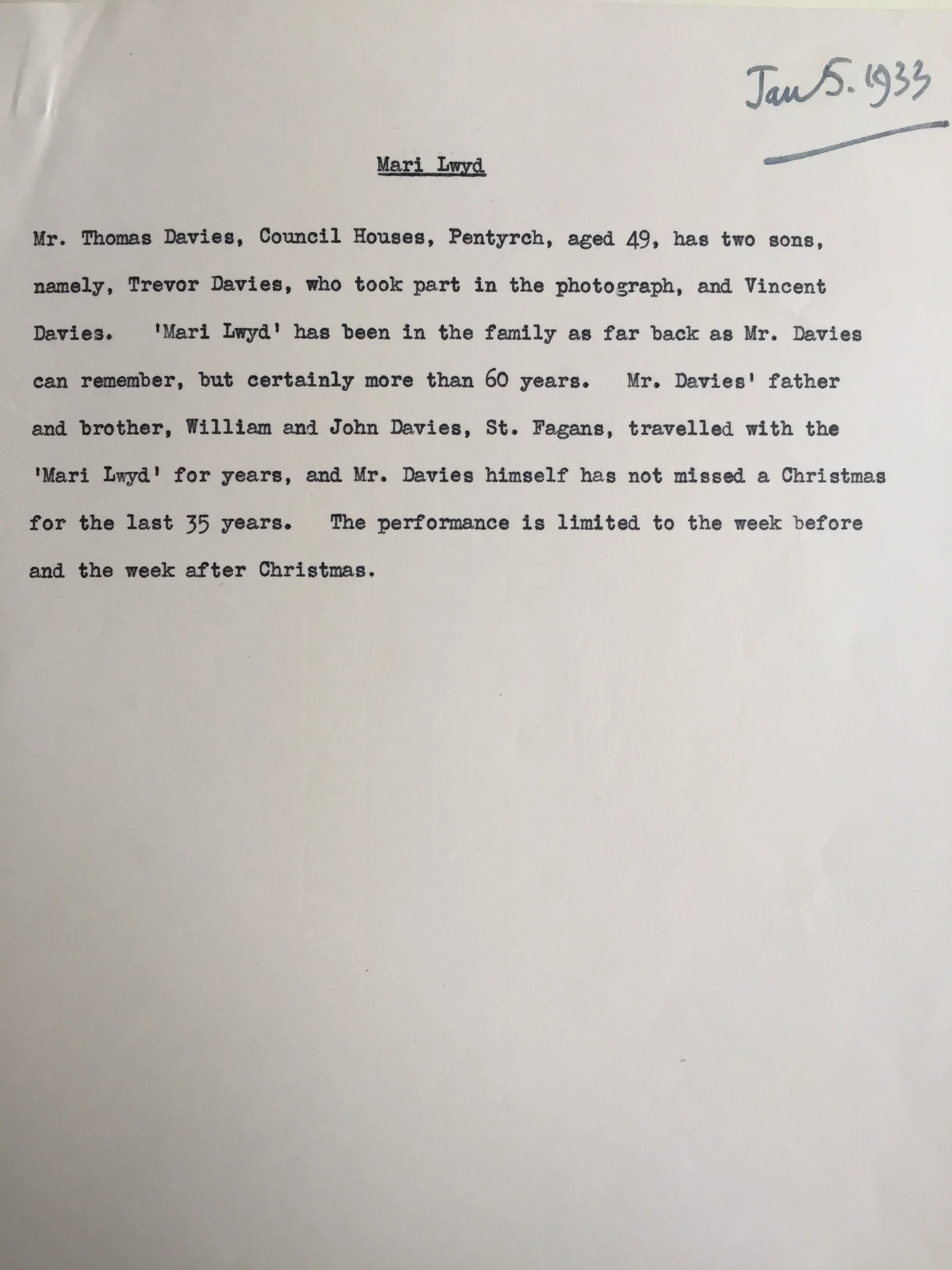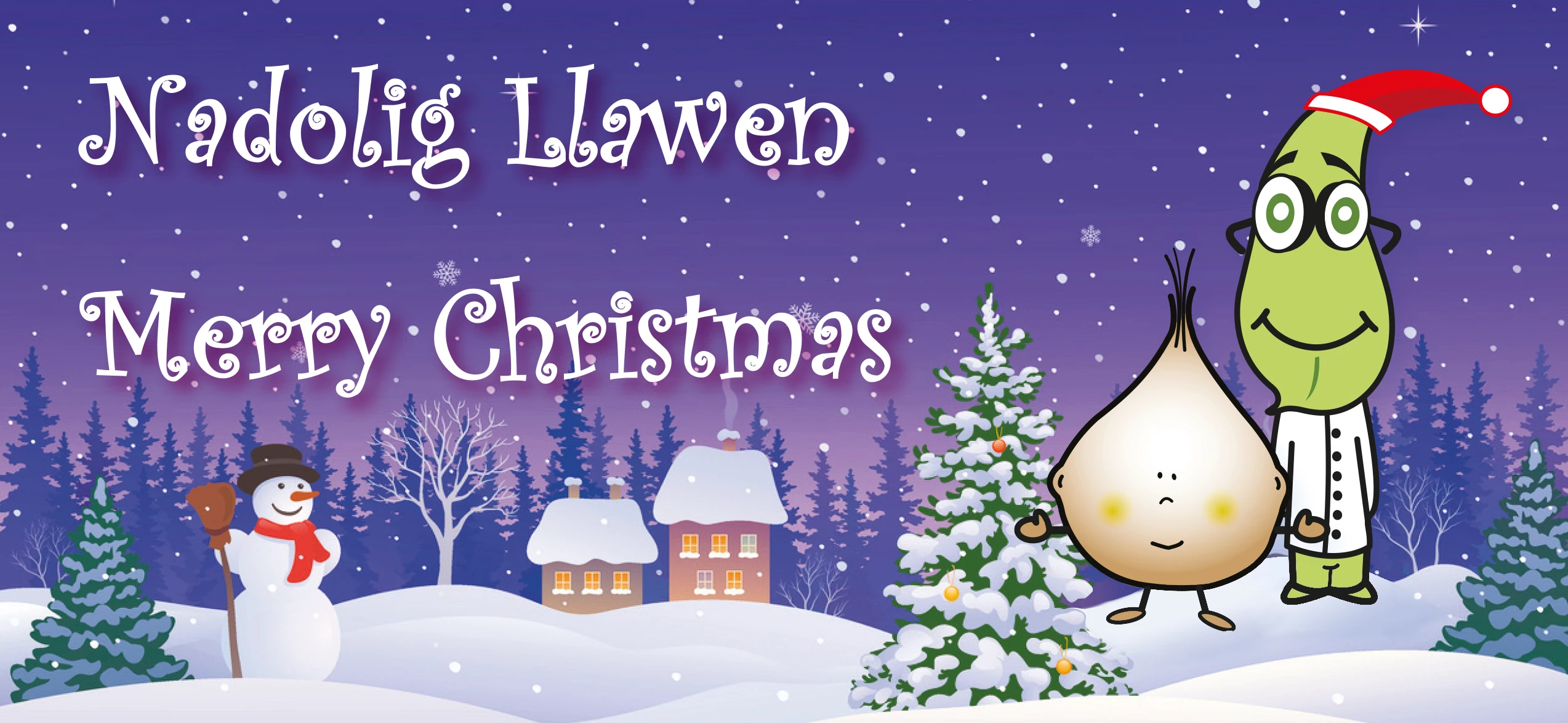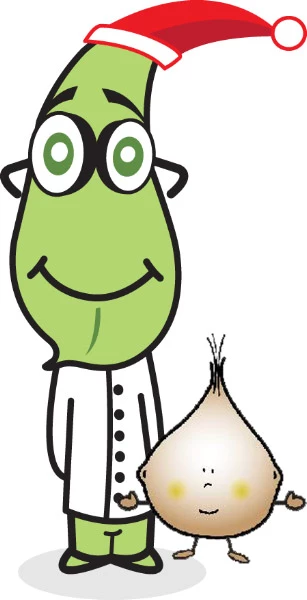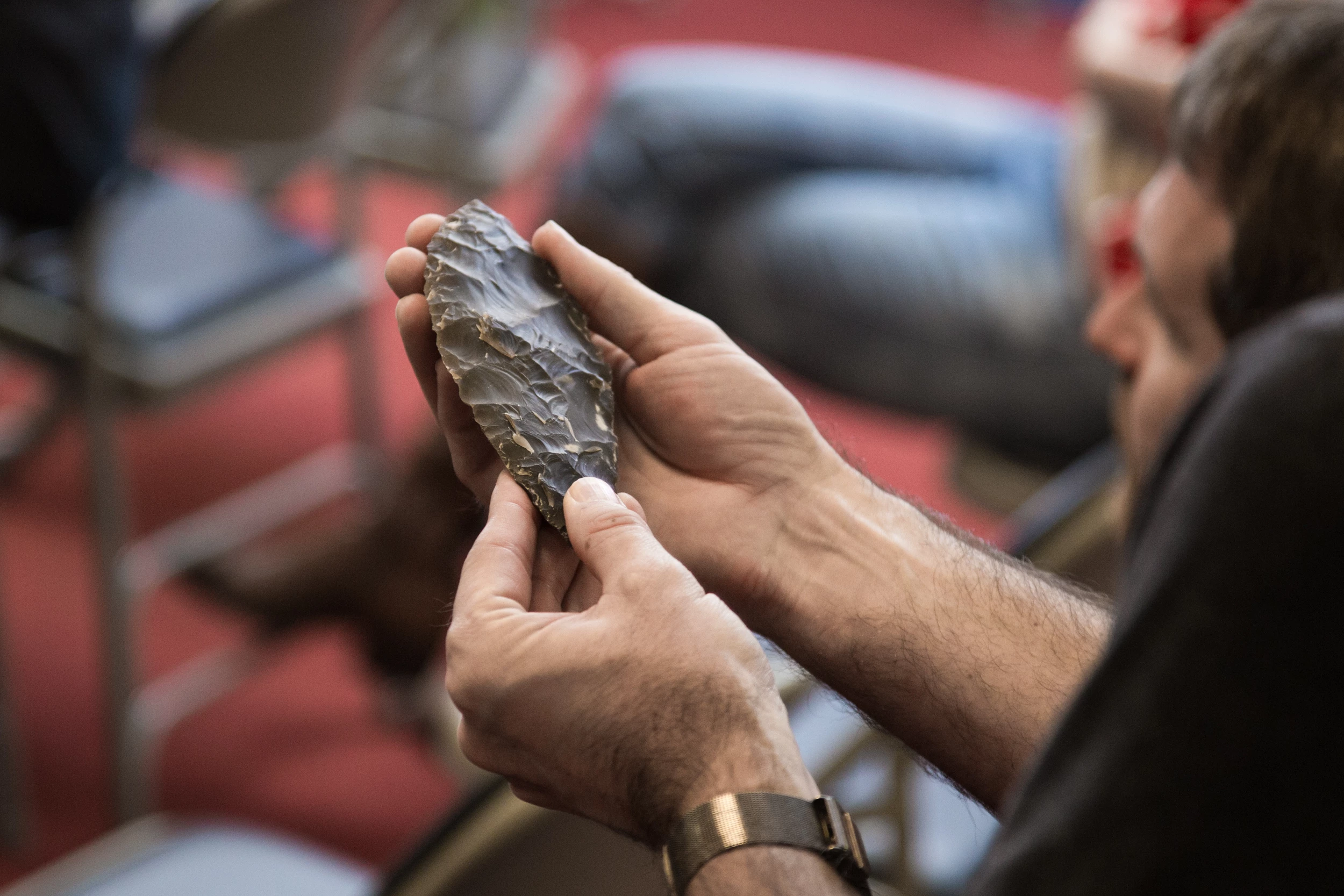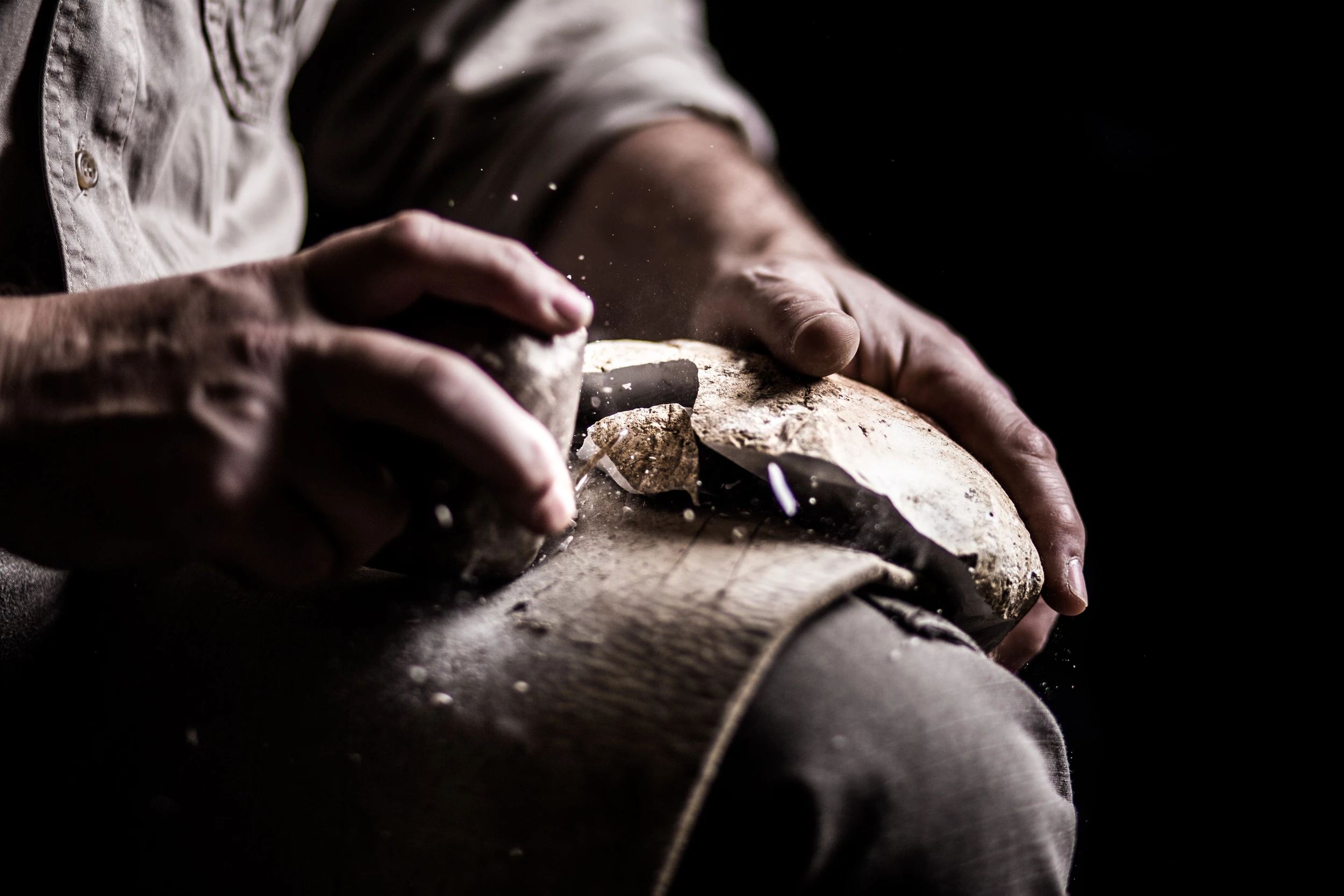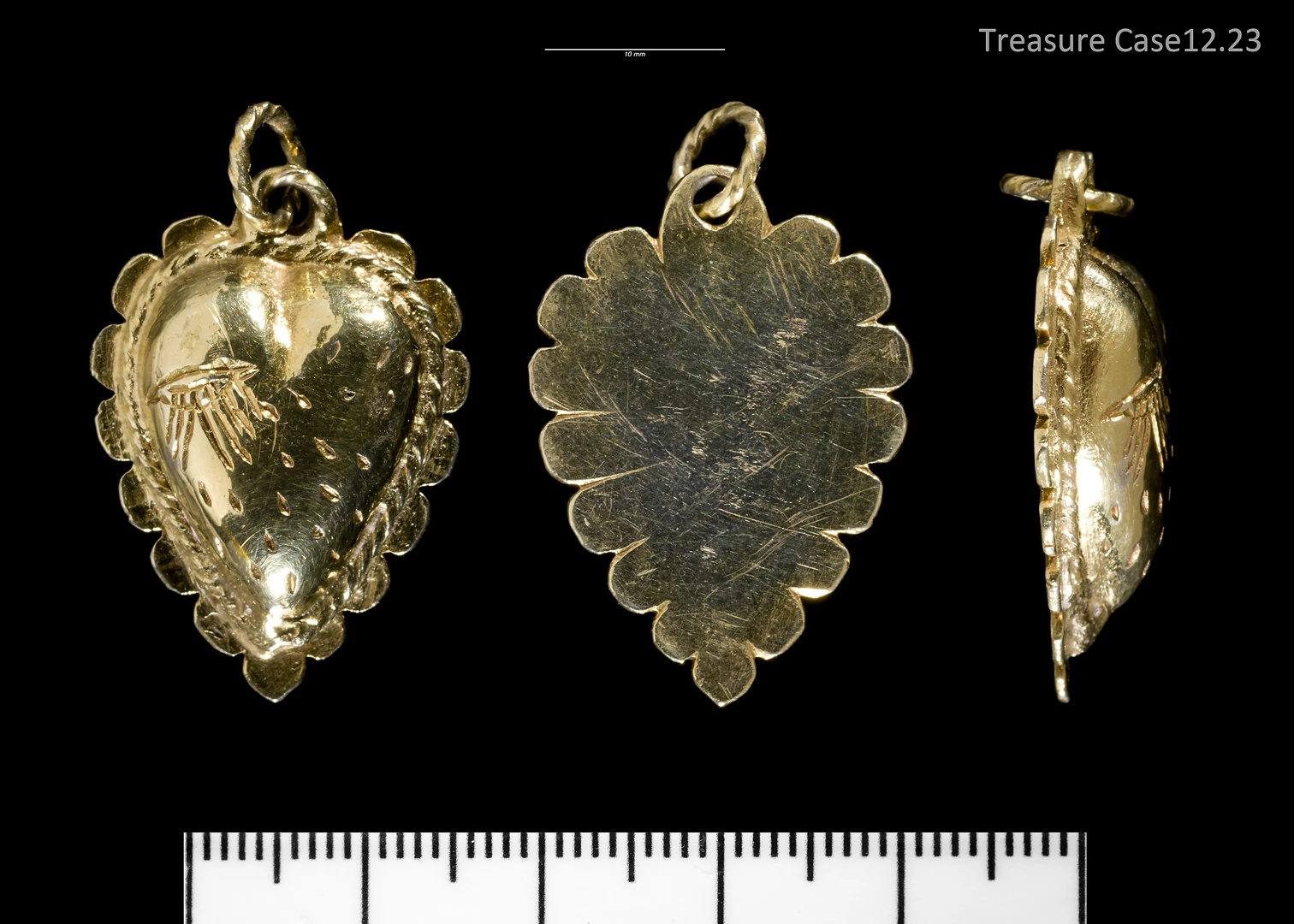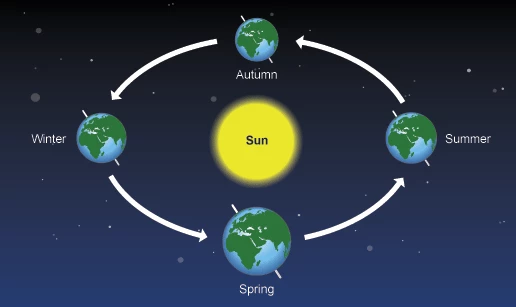Helo Gyfeillion y Gwanwyn,
Diolch i bawb wnaeth yrru data tywydd ata i'r wythnos ddiwethaf. Roedd rhai o sylwadau’r wythnos yma yn dweud bod y tymheredd yn disgyn, sy’n esgus perffaith i mi siarad rhywfaint am y tymhorau!
Mae yna bedwar tymor mewn blwyddyn: gaeaf, gwanwyn, haf a hydref. Mae hi’n dal yn aeaf ar hyn o bryd, y tymor oeraf.
Mae’r gwanwyn yn dechrau o gwmpas Mawrth yr 20fed (Cyhydnos y Gwanwyn) a dyma’r tymor lle bydd y rhan fwyaf o blanhigion yn blodeuo ac anifeiliaid bach yn cael eu geni wrth i’r tywydd gynhesu. Mae ŵyn bach yn y caeau yn arwydd da bod y gwanwyn wedi cyrraedd!
O fis Mehefin tan fis Medi bydd hi’n haf – y dyddiau’n hir a’r tywydd yn gynnes. Yn lwcus i chi, byddwch yn cael gwyliau hir o’r ysgol!
Bydd yr hydref yn gafael o ddiwedd Medi ymlaen – y dyddiau yn byrhau, y tywydd yn oeri, a’r dail yn troi’n oren, coch a brown cyn syrthio o’r coed. Daw’r gaeaf unwaith eto ym mis Rhagfyr a bydd yn aros efo ni tan ganol Mawrth.
Ydych chi’n gwybod pam ein bod yn cael tymhorau? Beth sy’n achosi i’r tywydd newid mor ddramatig yn ystod y flwyddyn? Mae’n digwydd achos bod y Ddaear yn troi o amgylch yr Haul ar ongl. Mae’r llun isod yn dangos y Ddaear a’r Haul. Mae’r Ddaear yn cylchdroi ar echel (dychmygwch linell yn cysylltu Pegwn y Gogledd â Phegwn y De) wrth symud o amgylch yr Haul.
Mae’n cymryd 365 diwrnod i’r Ddaear deithio unwaith o amgylch yr Haul. Hyd blwyddyn ar blaned yw’r amser mae’n gymryd i deithio o amgylch ei seren unwaith. Felly mae blwyddyn ar y Ddaear yn para 365 diwrnod.
Mae’r llun uchod yn dangos llwybr y Ddaear o amgylch yr Haul. Yr echel yw’r llinell wen trwy’r ddau begwn. Mae’r echel ar ongl wahanol i lwybr y Ddaear o amgylch yr Haul (y llinell wen doredig). Mae hyn yn golygu ein bod ar ongl fymryn yn wahanol i’r Haul bob dydd. Dyma sy’n achosi’r newid yn hyd y dydd. Mae dyddiau byrrach (gaeaf) yn golygu llai o olau a llai o wres, sy’n gwneud y gaeaf yn oerach. Mae dyddiau hirach (haf) yn golygu mwy o olau a gwres, sy’n ei gwneud yn gynhesach!
Mae’r DU yn ‘Hemisffer y Gogledd’ sy’n golygu ein bod yn nes at Begwn y Gogledd nag at Begwn y De. Yn y llun, mae Pegwn y Gogledd (y llinell wen sy’n pwyntio am i fyny) yn gwyro i gyfeiriad yr Haul ym mis Mehefin ac oddi wrth yr Haul ym mis Rhagfyr. Yr ongl hon sy’n achosi’r newid yn hyd y dyddiau wrth i’r Ddaear droi o amgylch yr Haul.
Mae gwledydd eraill yn profi’r newidiadau hyn ar wahanol adegau. Yn Awstralia mae’n haf ym mis Rhagfyr! Ac yng Ngwlad yr Iâ mae’n olau dydd am ddyddiau ar y tro yn yr haf, ac yn dywyll am ddyddiau yn y gaeaf... dychmygwch yr haul yn tywynnu am hanner nos!
Daliwch ati Gyfeillion y Gwanwyn,
Athro’r Ardd
Eich sylwadau:
Stanford in the Vale Primary School: Hello, This week it has been very frosty and cold. In the mornings it has been frosty but got warmer at lunch times.
Ysgol Bro Ogwr: Mae'r tymheredd yn newid yn y prynhawn.
Hudson Road Primary School: It has been quite warm during the afternoons this week with bright sunshine.
Ysgol Glanyfferi: The temperature is getting colder as it's getting further into the winter.
Hudson Road Primary School: It has been really cold towards the end of the week, with very frosty mornings but it has warmed up through the day.
Betws Primary School: An extremely wet start to the week! The temperature is beginning to dip and winter is most certainly coming...
Stane Primary School: It's getting colder and colder every day! Get your hat, scarf and gloves on. Professor Plant: Great advice Stane Primary, make sure you stay warm!
Arkholme CE Primary School: We have had some frosty nights and most of the leaves have fallen off the trees. No change what so ever with the bulbs. Have a good day.
Broad Haven Primary School: Everything was frozen every morning this week. Frost and ice. The birds are hungry they are eating the sunflower seeds of the sunflowers we grew in the summer.
Hudson Road Primary School: Friday was a lovely warm afternoon and we did lots of garden maintenance getting ready for the winter and filled our bird feeders so they will have food in the cold winter days. Professor Plant: That’s lovely Hudson Road Primary. Well done for looking after wildlife in your garden.
Darran Park Primary: Despite the sunny weather, the temperature has been quite cold but not freezing Also the temperature has been quite consistent but it dropped a little bit on Friday. As well, to start the week off is has been raining, nevertheless, the rest of the week has been dry.
Carnbroe Primary School: The weather was dry but cold and damp this week. Although it didn't rain the soil in our plant pots was damp. Professor Plant: Hi Carnbroe Primary, well done for checking whether your plants needed watering. It’s likely that dew or frost has been forming on top of the soil this will be why the soil is damp even though it hasn’t rained.
Bacup Thorn Primary School: We had a lot of snow Thursday night into Friday. Heavy snow throughout Friday making a wet but enjoyable time at break. We had some very large snow flakes falling.
Bacup Thorn Primary School: A cold start to the week, ending with an extremely wet day!
Darran Park Primary: The temperature has dropped and the rainfall has raised.
Ysgol Rhys Prichard: No rain in the week. Hotter on Monday than Thursday.
Auchenlodment Primary School: There is no record for Wednesday as we were off school for St Andrew's Day. Professor Plant: Hi Auchenlodment Primary, thank you for letting me know. A number of other schools let me know that it was St Andrew’s day as well.
Ysgol Pennant: Diolch am y Worm World! Dwin edrych ymlaen am y bylbiau i agor. Diolch am y bylbiau dwin hoffi cadw golwg ar y potiau. Professor Plant: Helo Ysgol Pennant, diolch am eich gwaith called ac am anfon lluniau! Cadwch ati gyda'r gwaith caled Gyfeillion y Gwanwyn!
Rougemont Junior School: Flowers are starting to sprout. Professor Plant: Wow Rougemont, that’s great news! A few other schools have said that their plants are sprouting, it’s earlier than last year so it will be interesting to compare the results!
